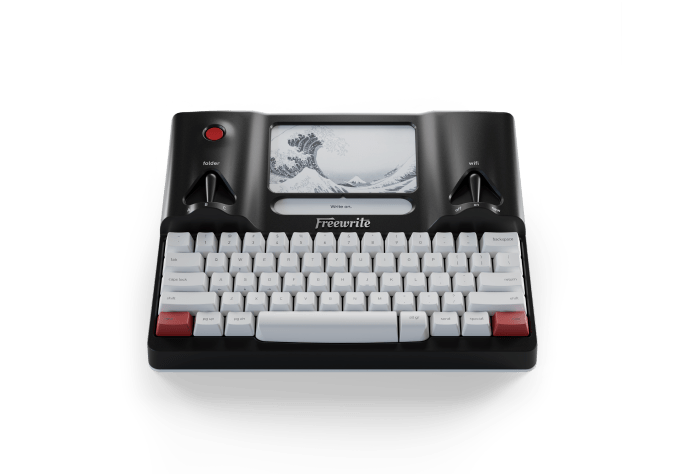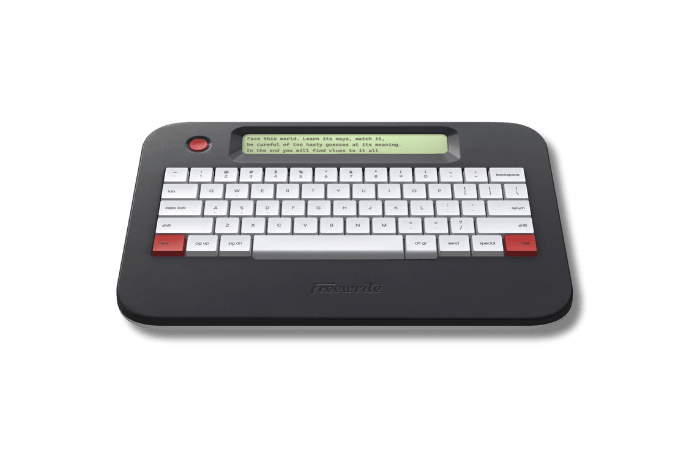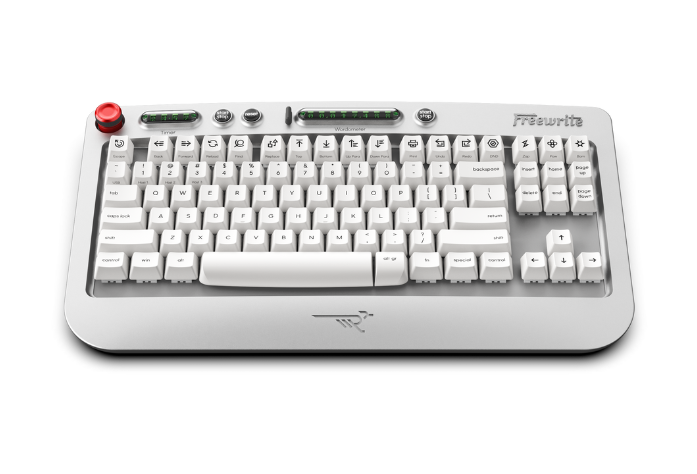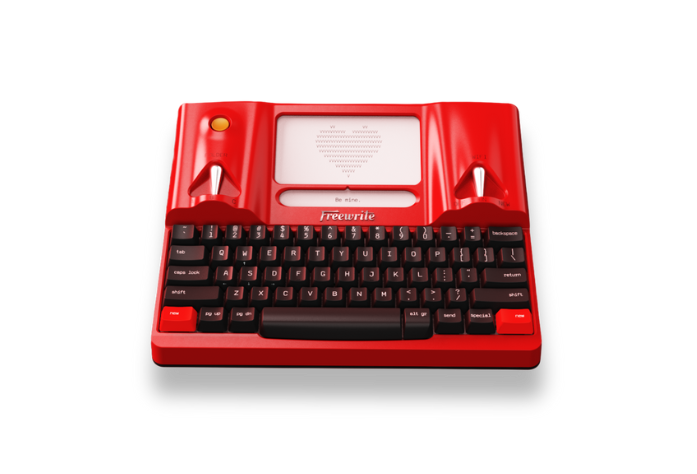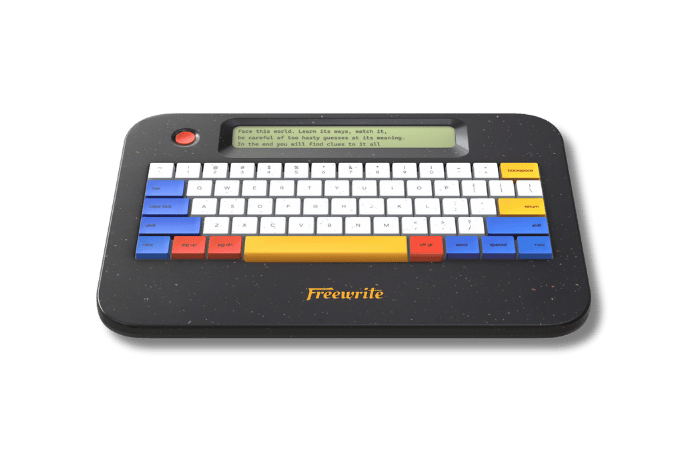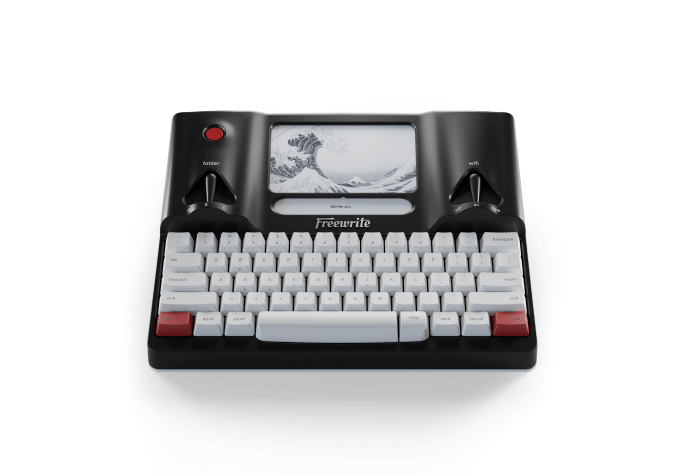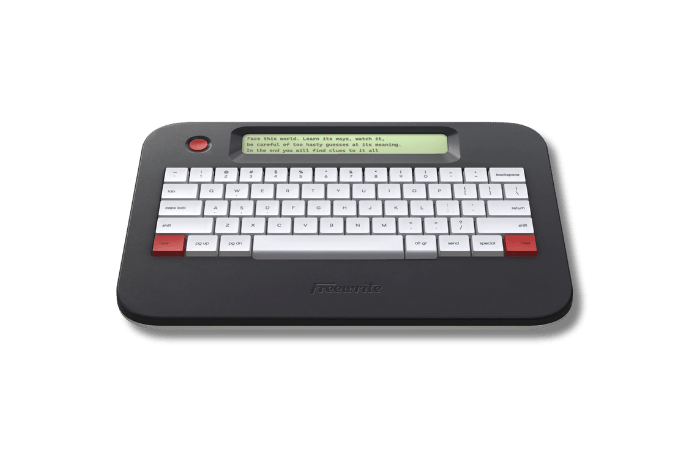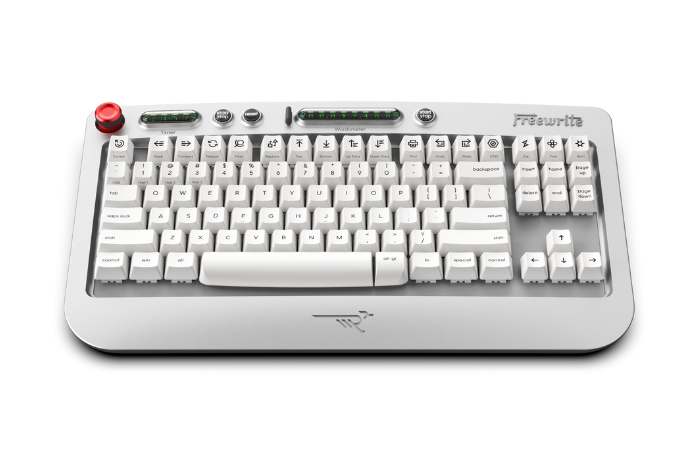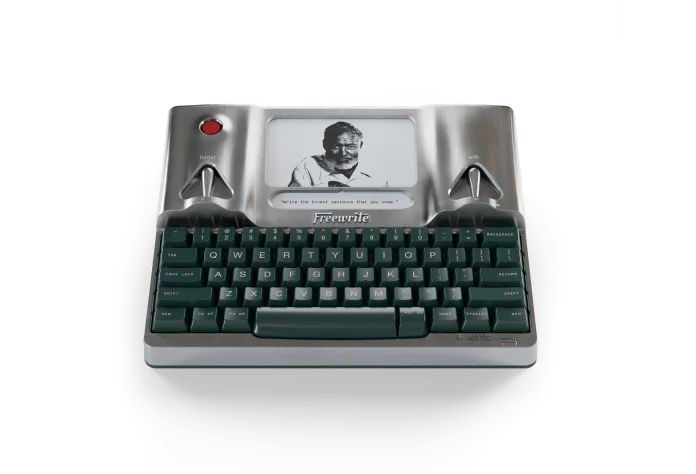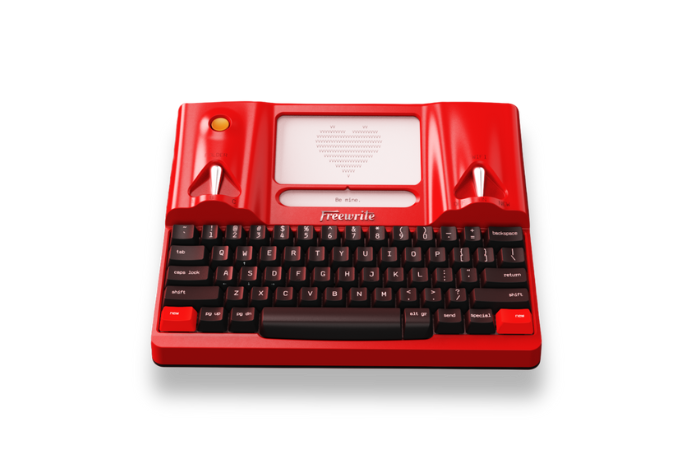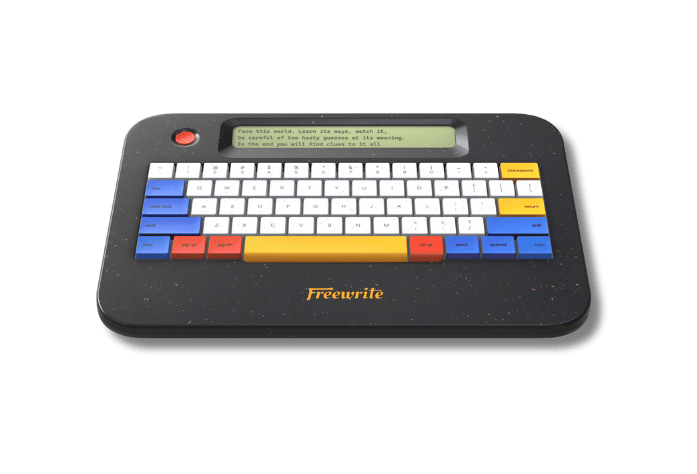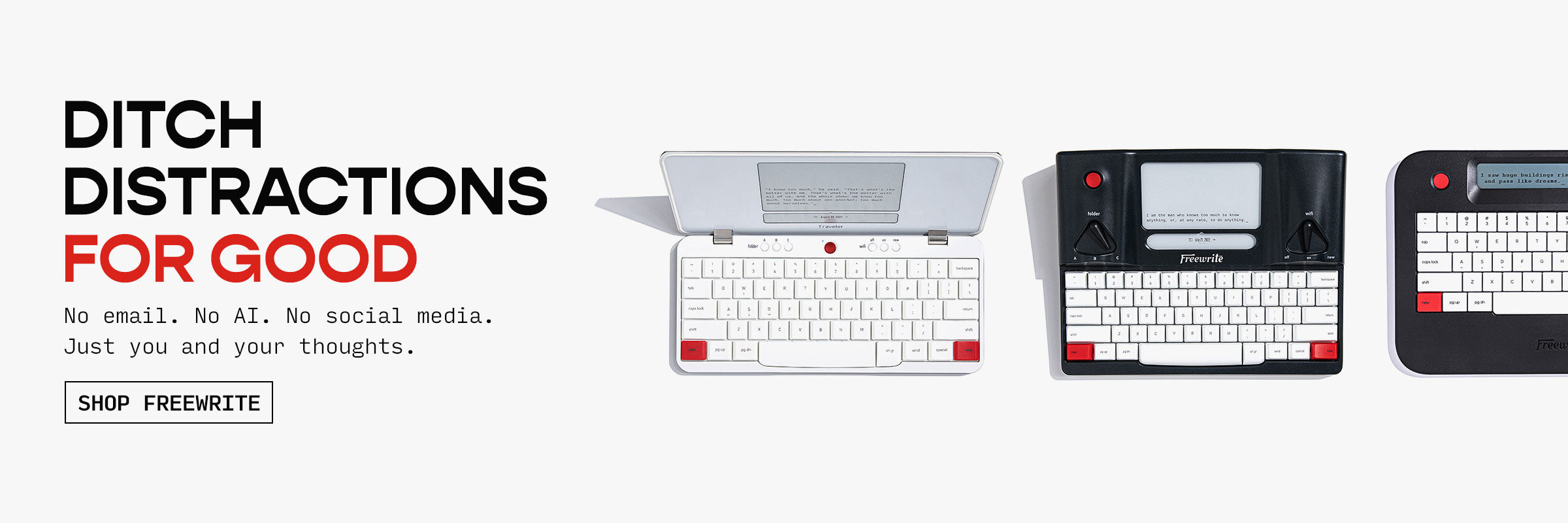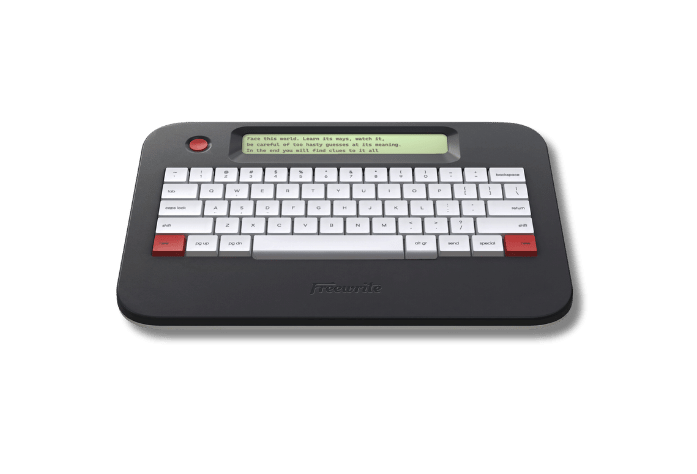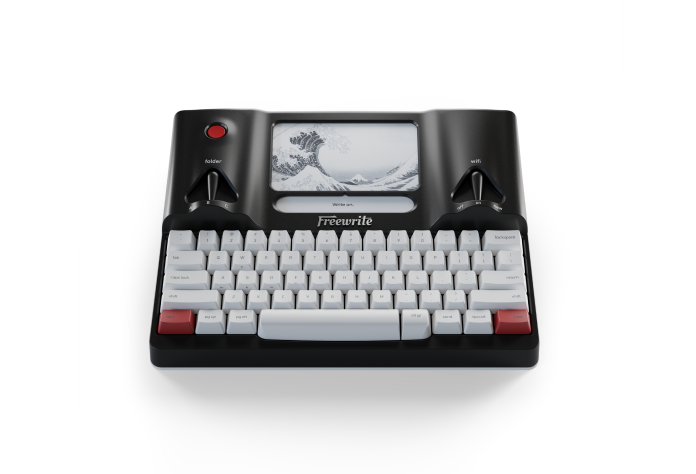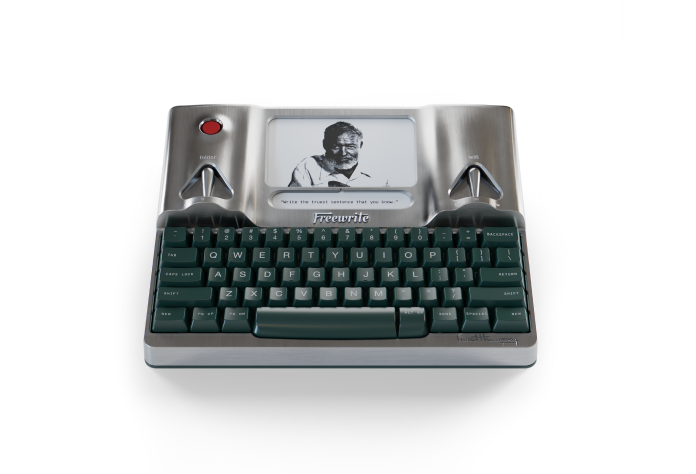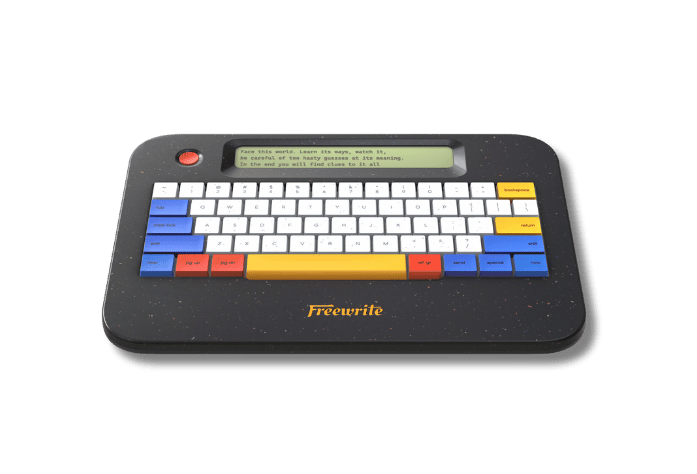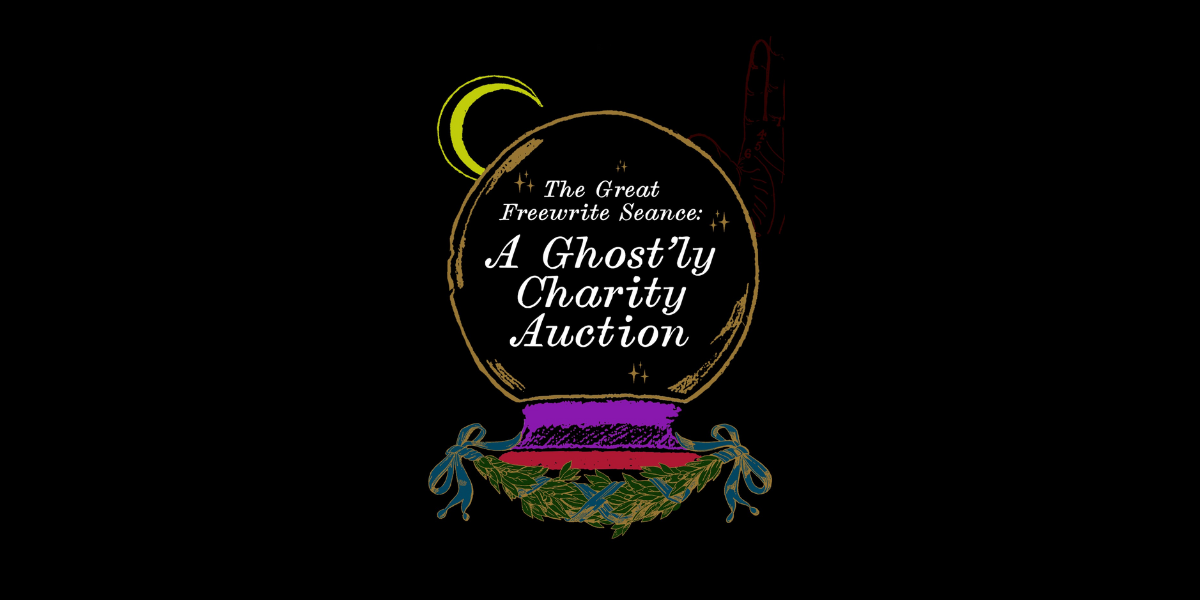Want to write for magazines and online publications? Here's how.
As you become entrenched in the industry and develop relationships with editors, the process can vary widely. But at the start of cultivating those relationships, it’s usually very much the same.
I write for many magazines and online publications, and I was the founder and editor-in-chief of the geek news and review site Big Shiny Robot! My writing credits include Huffington Post, StarWars.com, Star Wars Insider magazine, SYFY, /Film, and more.
Here's my quick walk-through of the process of getting published in a magazine or online publication.

1. Find out if they're taking pitches.
Many editors are on social media asking for pitches; be on social media looking for them.
Most outlets will have submission pages on their website explaining what they're looking for, what they pay, and who to submit pitches to.
2. Read the outlet.
There’s nothing more embarrassing than sending a pitch for an article identical to one they just published, so be sure you've read the last few months of their work before putting your pitch together. It’ll also give you an essential sense of their editorial voice.
3. Write your pitch email.
Once you have an idea, it’s time to email that idea to the editor. This is your "pitch." You'll need to include an introduction to yourself and your work. If you haven't published anything yet, let them know what makes you the right person for this particular article.
Include a short snippet about the pitch, the angle you'd take, and how you’d approach the subject.
Don't write the entire article, just give them enough to get the idea without wasting their time. Or yours. It's an unspoken truth that pitching articles is the great unpaid labor of a freelancer. You might cast dozens of baited hooks into the water before landing that one paid fish.
You might cast dozens of baited hooks into the water before landing that one paid fish.
4a. Follow up on rejections.
Got a rejection? Thank the editor for their time and ask if it would be all right if you continued pitching them.
When I sent my first pitch to Star Wars Insider, I asked if I could pitch again and ended up sending a document with about ten pitches quarterly for almost two years before they finally bought one. After that, I was in just about every issue for the next two years. Be persistent, but not pesky.
Be persistent, but not pesky.
4b. Follow up on an acceptance.
Got an acceptance? Great! Now ask some key questions.
- What’s my word count?
- What’s my deadline?
- How would you like me to invoice you?
Those are the three most important things you need to know: what you need to deliver, when you need to deliver it, and how you get paid for it. Especially since every magazine and website has a completely different system. It's difficult to keep track.
Those are the three most important things you need to know: what you need to deliver, when you need to deliver it, and how you get paid for it.
Bryan's 3 Rules of Freelancing
The best advice I can give you for doing this freelance work is simple.
First, hit your deadlines.Be early if possible. If you have to be late for a deadline for any reason, communicate that. You don’t want a reputation as the deadline-missing ghost.
You don’t want a reputation as the deadline-missing ghost.
Second, be an easy person to work with.Don't be a jerk, don't yell. Don't stomp your feet. Listen to feedback with an open mind and be willing to make changes.
Third, know when to say no.Is the deadline too tight? Are you genuinely not interested? Is it something you're decidedly not qualified for? Say no and recommend someone who could be right. I've been offered work I had no business getting and was able to pass it off to other folks who’d be much better suited for it. I've also had friends say no to work and pass it off to me because they knew I could enthusiastically do it in my sleep if I had to. As writers, we're all on the same team, and we're all looking out for each other.
That’s really my last bit of advice: It's not a competition.Other writers are your colleagues, so don't treat them as people to step on or screw over. Play nice. You don't want that kind of reputation either.
Trust me.
Word gets around.
Being nice, easy to work with, and a writer who delivers on time goes a long way in this industry, and a pretty good pitch will get picked up from a writer with those qualities a lot faster than a writer with a great pitch who drops balls, doesn't communicate, and stomps their feet over the simplest editorial change.
Have you been published in a magazine or online publication? Share it with the Freewrite team at hello@getfreewrite.com.

